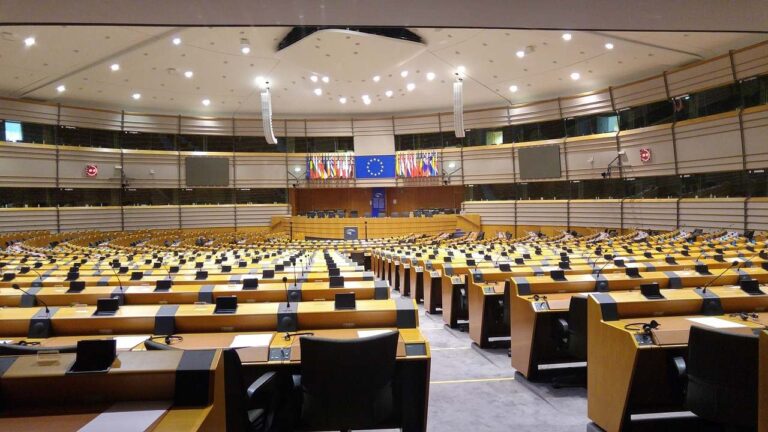Gas price cap, there is EU agreement. After months of discussion, European Union states have finally found political common ground to introduce the price cap.
In fact, on December 19, during the summit of energy ministers meeting in Brussels, a qualified majority vote arrived, with the yes of at least 15 member states (representing 65 percent of the European population). This, despite Hungary’s opposition and the abstention of the Netherlands and Austria.
Decisive was Italy’s role and the ‘hard-earned’ green light that came from Germany. Which did, however, get an amendment to the Renewables Permit Regulation in return.
Table of Contents
Gas price cap, how the political agreement was reached
The EU Energy Affairs Council, after a long and heated debate, finalized the gas price cap mechanism. Also reviewing the European Commission’s proposal.
European energy ministers have, in fact, reached political agreement on the price cap at 180 euros per megawatt hour. A threshold proposed by the Czech Republic.
This is a compromise solution among the various member countries. And, a figure far below the initial ceiling set by the European Commission (275 euros/MWh). And also lower than the first proposal put on the table by the Czech EU presidency itself (188 euros/MWh).
How the price cap works, the parameters
The limitations just approved by the European Union will come into effect from February 15, 2023. The price cap is automatically triggered when two conditions are met:
- when the gas price for the following month at the Amsterdam Title Transfer Facility (TTF), the EU’s reference market, exceeds 180 euros per MWh for three working days;
- when the gas price for the month following the TTF exceeds the reference for LNG, liquefied gas, on global markets by 35 euros during the same three working days.
Once activated, the gas price cap remains in place for 20 consecutive days. And affects all hubs where supply contracts are traded.
In the event of a security of supply emergency, the cap can be deactivated immediately.
Another safeguard in the pact is that the mechanism will stop working “if gas demand increases by 15 percent in one month or 10 percent in two months, LNG imports decrease significantly. Or the volume traded in the TTF decreases significantly compared to the same period in the previous year.”
It will be the Acer (Agency for the Cooperation of Energy Regulators) that will verify the events necessary to trigger the market correction mechanism.
Moscow’s reaction, why Putin threatens Europe
Predictably, the EU gas deal has triggered Russia’s ire. An initial knee-jerk reaction came from Kremlin spokesman Dmitri Peskov. Who considers the price cap “unacceptable” and calls the deal a “market distortion,” promising “a tough reaction” from Moscow.
Russian Energy Minister Nikolai Shulginov let it be known that a response will come after analyzing the situation. “We will examine all the conditions associated with such a decision and take our own. It is necessary to calculate all the conditions,” Shulginov said, “I think the measure will be similar to the one we will take for the oil cap.
Indeed, President Vladimir Putin announced that he will soon sign a decree “with measures to respond to the price cap on oil.”
On Dec. 5, the EU, G7, and Australia reached an agreement to cap the maximum price to be paid for Russian-sourced crude oil transported by sea at $60 per barrel. This, in order to limit Russian sources of funding for the war in Ukraine from the colossal hydrocarbon revenues.
As announced by Russia’s deputy prime minister, Alexander Novak, Moscow is ready to divert its gas supplies from Europe to other areas of the world. Namely Asia-Pacific, Africa, and Latin America. And may cut its oil production by 5-7% in early 2023, or by 500 thousand to 700 thousand barrels per day.
Read also: Putin meets Lukashenko in Minsk: what does it mean for the conflict in Ukraine












